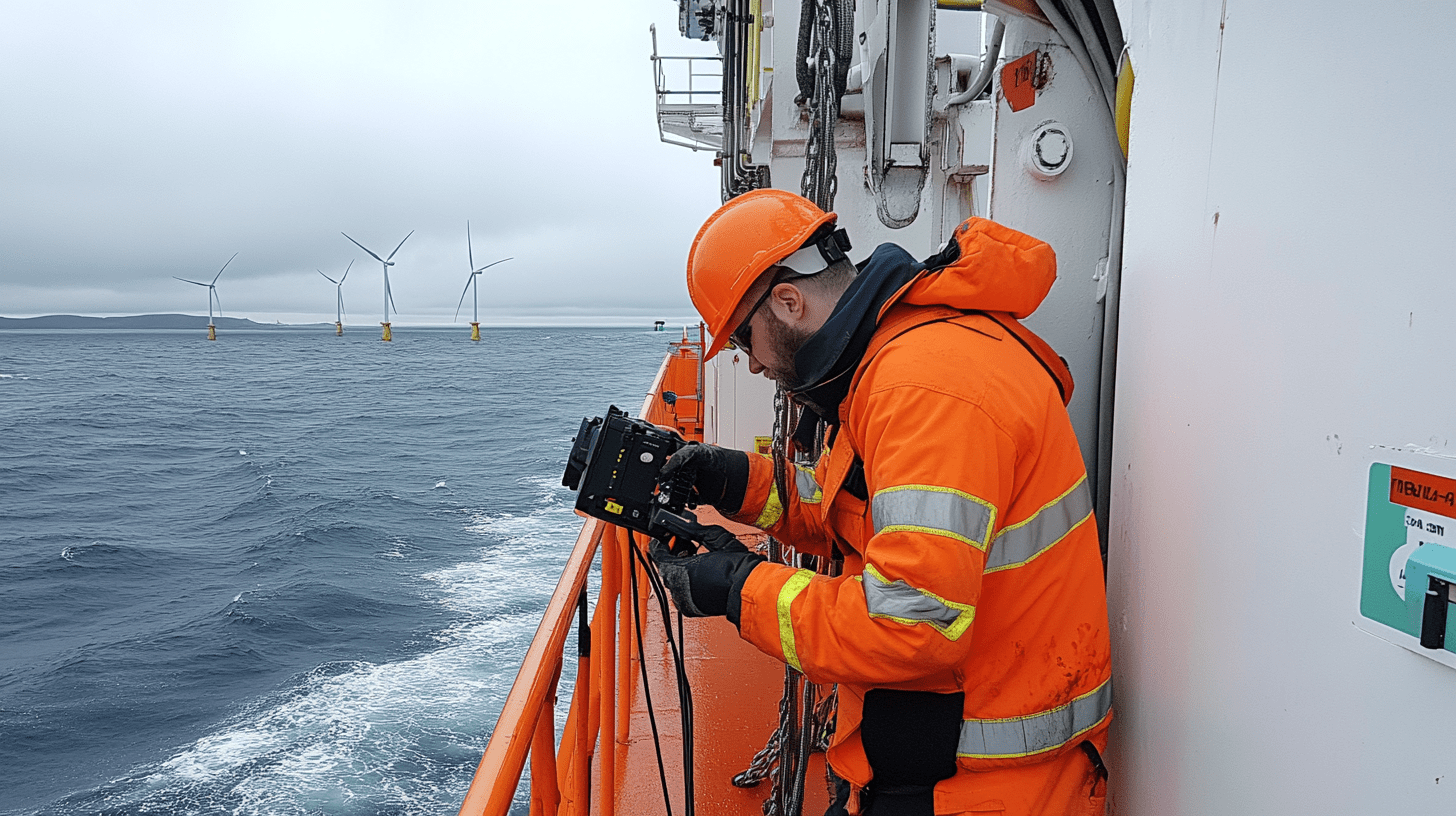Artificial intelligence (AI) is no longer a futuristic fantasy; it’s rapidly becoming a game-changer in the wind energy sector. From optimizing turbine performance to predicting failures with incredible accuracy, AI is transforming how we maintain and operate wind farms. Here’s a closer look at how this technological revolution is impacting the wind turbine industry:
1. Predictive Maintenance: No More Guesswork
Traditional maintenance schedules often rely on fixed intervals or reactive repairs, leading to unnecessary downtime and costs. AI-powered predictive maintenance flips the script. By analyzing massive datasets from turbine sensors, weather patterns, and historical performance, AI algorithms can accurately predict when and where failures are likely to occur.
Why it matters for your business: Offer AI-driven predictive maintenance services to your clients. This allows for proactive repairs, minimizing downtime, extending turbine lifespan, and ultimately boosting energy production.
2. Optimizing Turbine Performance
AI can fine-tune turbine operations in real-time. By analyzing wind conditions, turbine health, and grid demand, AI algorithms can adjust blade angles, yaw systems, and other parameters to maximize energy capture and efficiency.
Why it matters for your business: Help your clients optimize their wind farm output by offering AI-powered performance optimization services. This can lead to increased revenue generation and a stronger return on investment for their wind energy assets.
3. Autonomous Inspections: Drones Take Flight
Forget hazardous climbs and manual inspections. Drones equipped with AI-powered image recognition software can autonomously inspect turbine blades, towers, and other components, detecting even minor defects with impressive precision.
Why it matters for your business: Integrate drone technology and AI into your inspection services. This allows for safer, faster, and more comprehensive inspections, leading to more accurate assessments and more efficient maintenance planning.
4. Streamlining Operations and Reducing Costs
AI can automate various tasks, from scheduling maintenance to managing spare parts inventory. This streamlines operations, reduces administrative burdens, and ultimately lowers costs for wind farm owners and operators.
Why it matters for your business: Embrace AI to optimize your own business operations. This can improve efficiency, reduce overhead, and give you a competitive edge in the market.
5. The Future of Wind Turbine Services
AI is poised to become an indispensable tool in the wind turbine industry. By embracing these advancements, service providers can offer cutting-edge solutions that enhance turbine performance, reliability, and longevity, driving the growth of clean energy and contributing to a sustainable future.

